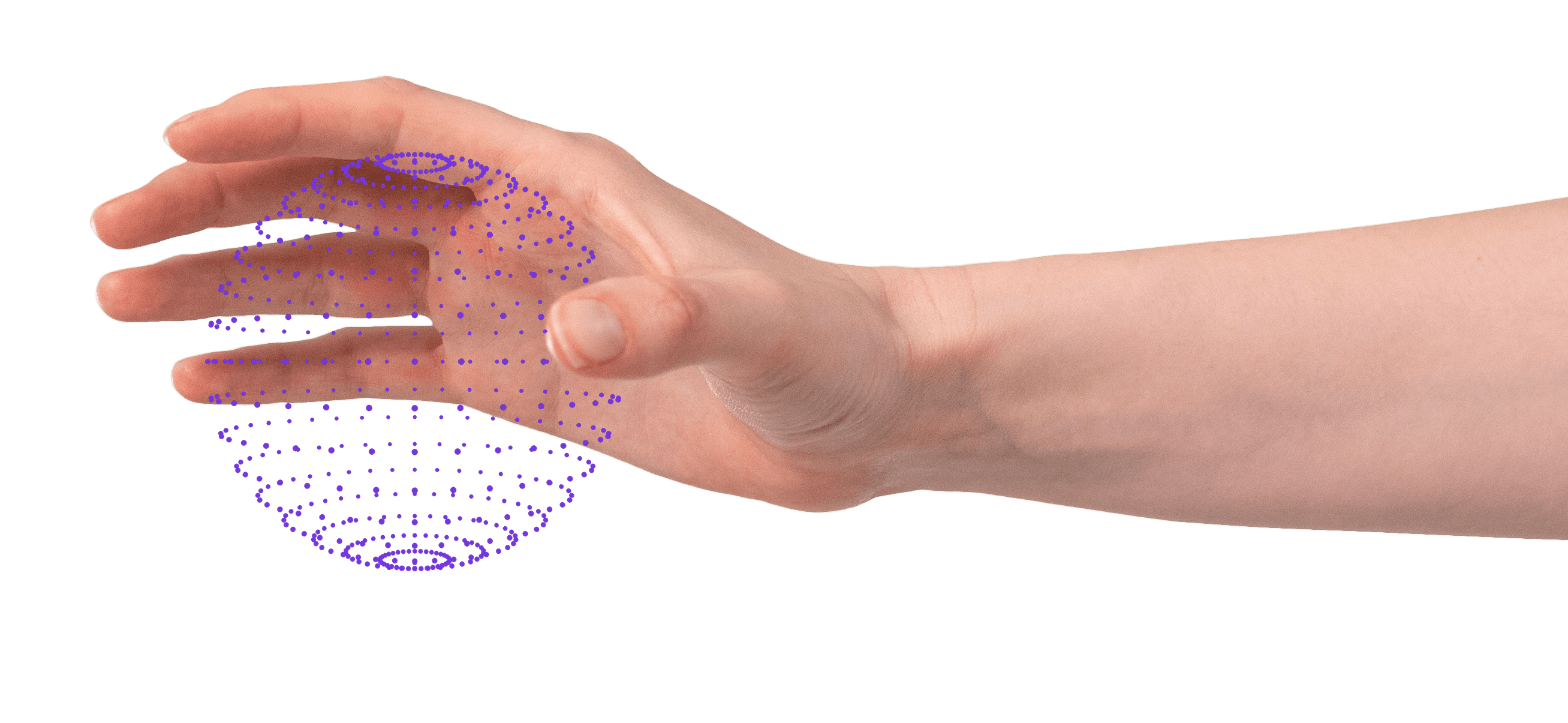Ultraleap Raises $82 Million in Series D Fundraising
Founded in 2017, Ultraleap’s (formerly Ultrahaptics) haptic technology uses ultrasound to simulate the sense of touch.

Ultraleap’s underlying technology built on the post-graduate research of its inventor Tom Carter who is still the company’s CEO. The then Ultrahaptics raised $23 million and attracted the interest of top automakers. The company rebranded to Ultraleap after acquiring Leap Motion with the new company combining the technologies developed by the two companies: hand tracking and mid-air haptics.
Now Ultraleap has raised $82 million in Series D funding. The funding round was led by a coterie of investors including Tencent, CMB International, and British Patient Capital’s “Future Fund: Breakthrough”. Ultraleap’s existing shareholders IP Group plc and Mayfair Equity Partners also participated in the funding round.
There has been a recent strong interest in the “Metaverse” following Facebook’s recent rebranding and pivot towards the creation of a Metaverse, a futuristic and seamless digital world encompassing AR and VR. Ultraleaps boss admits the recent buzz around the concept was instrumental in its latest fundraising.
The COVID-19 pandemic brought the Metaverse to the fore and allowed people to imagine a future where the boundaries between the digital and physical world are practically erased. This was followed by considerable hardware innovations, research, and development that will be instrumental in the realization of a Metaverse. As we journey towards that eventuality, the Metaverse currently constitutes seamlessly augmenting our physical worlds with digital elements.
Ultraleaps technology is not limited to VR hardware and is a reality that will be present everywhere in our day-to-day lives.
With its Series D fundraising, Ultraleaps aims to accelerate the transition of its technology to its primary interface which is users’ hands. There are no buttons, physical controllers or touchscreens in a user’s vision of the metaverse.
The company’s fifth-generation hand tracking platform is known as Gemini and looks set to support multiple devices. Gemini has already been built into a number of platforms, third-party hardware as well as camera systems. It is used in Qualcomm’s Snapdragon XR2 chipset as well as in Varjo’s VR-3 and XR-3 headsets.
Ultraleapo wants to bring Gemini into various operating systems and to ramp up its investments in tooling and R&D. The company wants to give developers the freedom to imagine their own innovative ways on the application of the technology.
The pandemic has been a major driver in the development of this touchless technology. Touching surfaces is now synonymous with spreading infections. As a result, some companies such as Lego and PepsiCo are already leveraging Ultraleap’s technology for use in public interfaces.
Many automakers also want to radically transform the in-cabin experience and are looking to companies like Ultraleaps to provide the technology. Already, the company has already partnered with Hosiden and DS Automobiles for the implementation of new mid-air haptics experiences.
The company is targeting the potential of user interfaces working inside VR-based metaverses. Ultimately, says Carter, the company is working towards getting rid of the barriers between humans and virtual content, the end of which will be the Metaverse.
The Ultraleaps boss stated the latest funding round will go towards helping transition everyone “towards that optimum interface of your hands”, deployable across the markets that the company is targeting.
Following its launch of Gemini and a new generation of hand tracking in the last few weeks, the company wants to “scale out-of-home.” Pepsi had deployed the system with 85% user preference as well as parity with touchscreens when it comes to the completion times for executing orders.
UX is now critical in the automotive sector, too. While driving is still the primary activity in the vehicle, there is a growing emphasis on the cabin experience and a move to create a dynamic vehicle cabin where you can work, entertain yourself and other passengers and immerse yourself in many other Metaverse-like activities.
Besides, the use of mid-air interfaces has an added safety benefit in the cabin compared to the use of touchscreens by drivers as the mid-air interfaces ensure you don’t take your eyes off the road. Transitioning to these new interfaces will therefore contribute to safer driving. Once these interfaces are there and users have become familiar with them from regular interactions, it would be easier to transition to a future metaverse-driven world in all spheres of our lives.
https://virtualrealitytimes.com/2021/11/18/ultraleap-raises-82-million-in-series-d-fundraising/https://virtualrealitytimes.com/wp-content/uploads/2021/11/Ultraleap-600x276.pnghttps://virtualrealitytimes.com/wp-content/uploads/2021/11/Ultraleap-150x90.pngBusinessFounded in 2017, Ultraleap's (formerly Ultrahaptics) haptic technology uses ultrasound to simulate the sense of touch. Ultraleap's underlying technology built on the post-graduate research of its inventor Tom Carter who is still the company’s CEO. The then Ultrahaptics raised $23 million and attracted the interest of top automakers. The company rebranded...Sam OchanjiSam Ochanji[email protected]EditorVirtual Reality Times - Metaverse & VR
